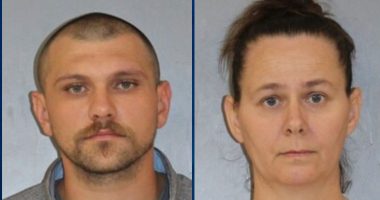
The lack of safety features at Chernobyl Reactor 4 started with the design of the reactor itself. Absent from the RBMK-1000 was a pre-existing containment structure — a common feature of Western nuclear reactor designs — that would mitigate the effects of a meltdown. The design also lacked instrumental and control devices with which to adequately monitor the core.
Further safety features were overlooked as director Viktor Bryukhanov, who was also in charge of the setting up of the reactors as well as providing accommodation for the operators, raced to keep the project on track. The science journal Nature reports that under his direction electric cables were installed without the required fire-resistant cladding, just one instance of the corners that were cut in the creation of the plant despite the potential calamity that might occur were something to go wrong with any of its reactors.
A lax attitude to safety continued even after the meltdown and the delayed evacuation of local people from the area around the site as it grew more and more radiated and became a danger to human life. In the aftermath, an international effort saw a concrete “sarcophagus” erected around the reactor intended to stop the spread of further radiation. However, the structure was only intended to be temporary and still requires a permanent solution to this day, with experts claiming that it and other stores of radioactive material from the world’s worst nuclear disaster constitute an ongoing risk to public safety if not adequately maintained.








